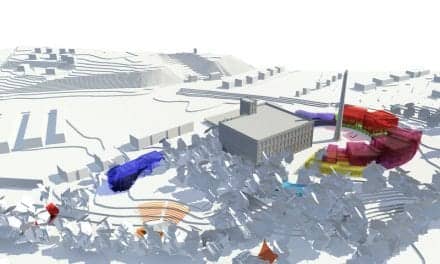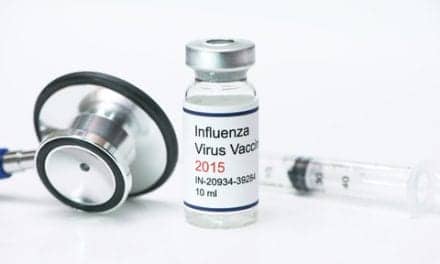Synedgen Inc will present recent study results on the successful application of the company’s novel polymer PAAG for treating Cystic Fibrosis.
The data is compiled in two posters entitled “PAAG decreases viscosity and Improves Transportability of Cystic Fibrosis Mucus In Situ” and “Novel Biopolymer Mucolytic PAAG Prevents and Treats Biofilms formed by Cystic Fibrosis Clinical Isolates In Vitro, and Potentiates Tobramycin, Aztreonam, and Vancomycin Activity Against Pseudomonas Aeruginosa and MRSA” which will be presented at the National Cystic Fibrosis Meeting in Atlanta, on October 8-11, 2014.
In the first poster, researchers evaluated how the PAAG polymer impacts human bronchial epithelial cells in CF patients. Synedgen’s researchers found that PAAG significantly reduced liquid viscosity of the surface of these cells as well as improved cilia movement, when compared with the controls. Despite the study performed in vitro, these cells mimic the natural activity occurring in lungs, with cilia expelling mucus out of the lungs, known as mucociliary clearance.
In the second poster, Synedgen researchers evaluated the effect of PAAG polymer on biofilm (groups of microorganisms that attach to a surface) from CF patients, specifically Pseudomonas aeruginosa (the most common infection in CF patients), Methicillin resistant staphylococcus aureus (MRSA), and Burkholderia cepacia, also common in CF patients. Notably, all these microorganisms were reported to have developed resistance to antibiotics. Upon 1 hour of PAAG treatment, a significant decrease in B. cepacia and MRSA biofilm was observed. Combining PAAG with the antibiotic Tobramycin, commonly used in CF patients, the antibiotic activity was greatly increased. The same was observed combining PAAG with two other antibiotics – Vancomycin (used to treat MRSA biofilm) and Aztreonam (used to treat Pseudomonas aeruginosa biofilm).
Click here to view original web page at cysticfibrosisnewstoday.com








